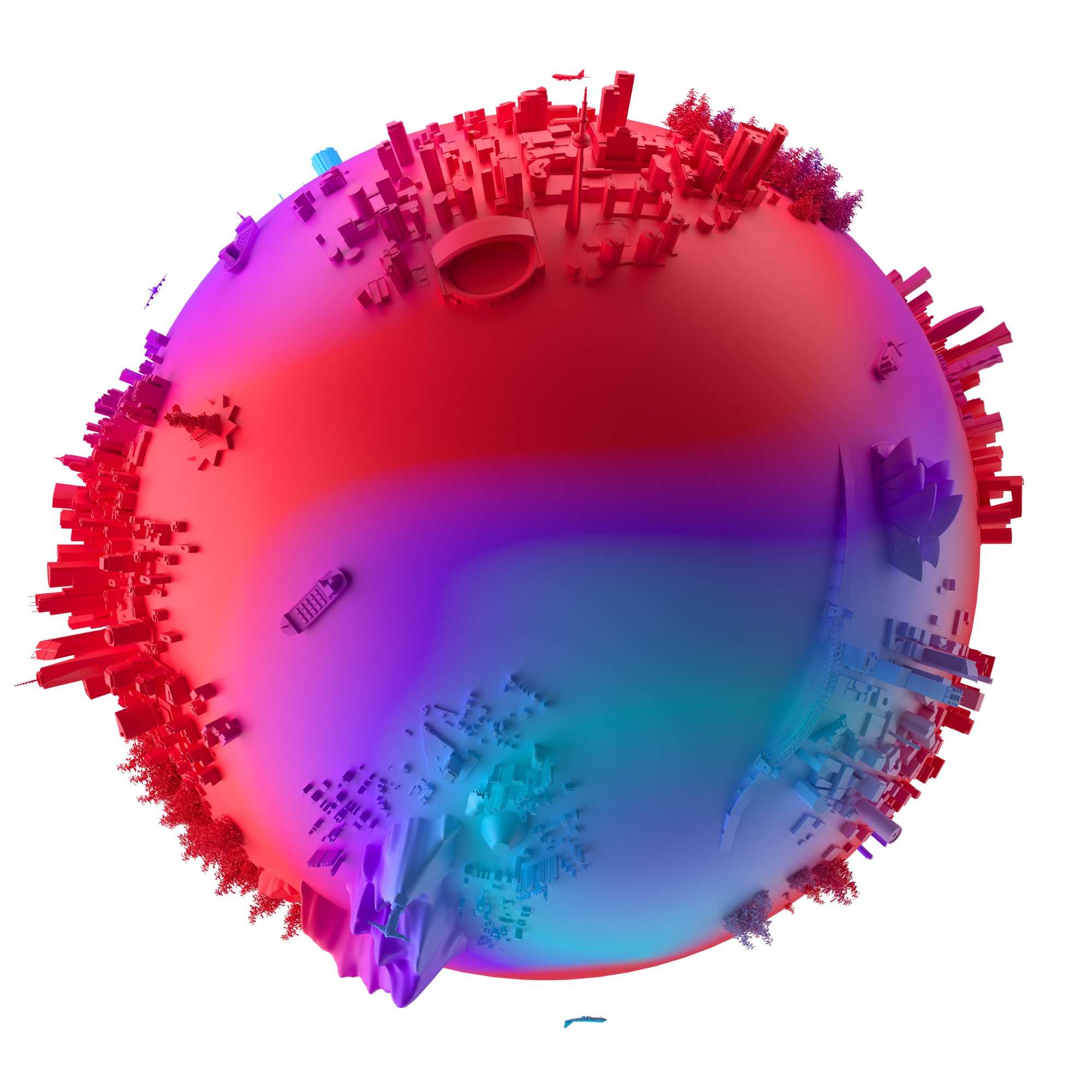EU's Gender Equality Index 2020
With a score of 67.9 out of 100, the EU is at least 60 years away from reaching complete gender equality, if we continue at the current pace. The latest Gender Equality Index from the European Institute for Gender Equality (EIGE) shows that the EU is improving by just half a point each year.
Share this post
The Gender Equality Index measures the progress of gender equality in the EU over time. Each year, it gives the EU and its Member States a score from 1 to 100, where a score of 100 stands for full equality. The scores are based on the gaps between women and men and levels of achievement in six core domains: work, money, knowledge, time, power and health, and their sub-domains. The Index gives visibility to areas that need improvement by providing a detailed analysis at EU and member state-level for policymakers.
Among the Member States, Sweden, Denmark and France keep their top spots. The awards for most improved go to Italy, Luxembourg and Malta, with each gaining around 10 points since 2010. Greece, Hungary and Romania are lagging behind the rest.
The Index includes two additional domains: violence against women and intersecting inequalities, which Index also shows the diverse realities that different groups of women and men face. The analysis of intersecting inequalities examines how factors such as disability, age, level of education, country of birth and family type, intersect with gender to create different pathways in women’s and men’s lives.
The results of the Gender Equality Index 2020 are mostly based on data from 2018.
Segregation holds us back
One of the biggest problems holding back gender equality is segregation in education and work. This means a concentration of either women or men in certain subjects or jobs. Despite efforts to tackle this issue, such as special initiatives to encourage women to study science, engineering or ICT, segregation has actually increased since 2010. In the EU, only two out of ten ICT jobs are held by women. In the care sector, there is a lack of men. They make up just 15 % of workers in nursing, midwifery and personal care in health services.
The digital world and the future of work
This year’s Index has a special focus on the effects of digitalisation on the working lives of women and men. Women face a slightly higher risk of being replaced in their jobs by robots and are underrepresented in developing artificial intelligence, digital start-ups and high technology products such as space crafts, optical fibres, lasers and microchips. Overall, men dominate the development of new technologies across the EU.
Interestingly, the expansion of work organised through online platforms is reproducing traditional gender inequalities, such as the gender pay gap and gender segregation. For example, men are more likely to work in software development or food delivery, whereas women work more in online translation or domestic services.
Find out more
Explore the Gender Equality Index 2020 online



